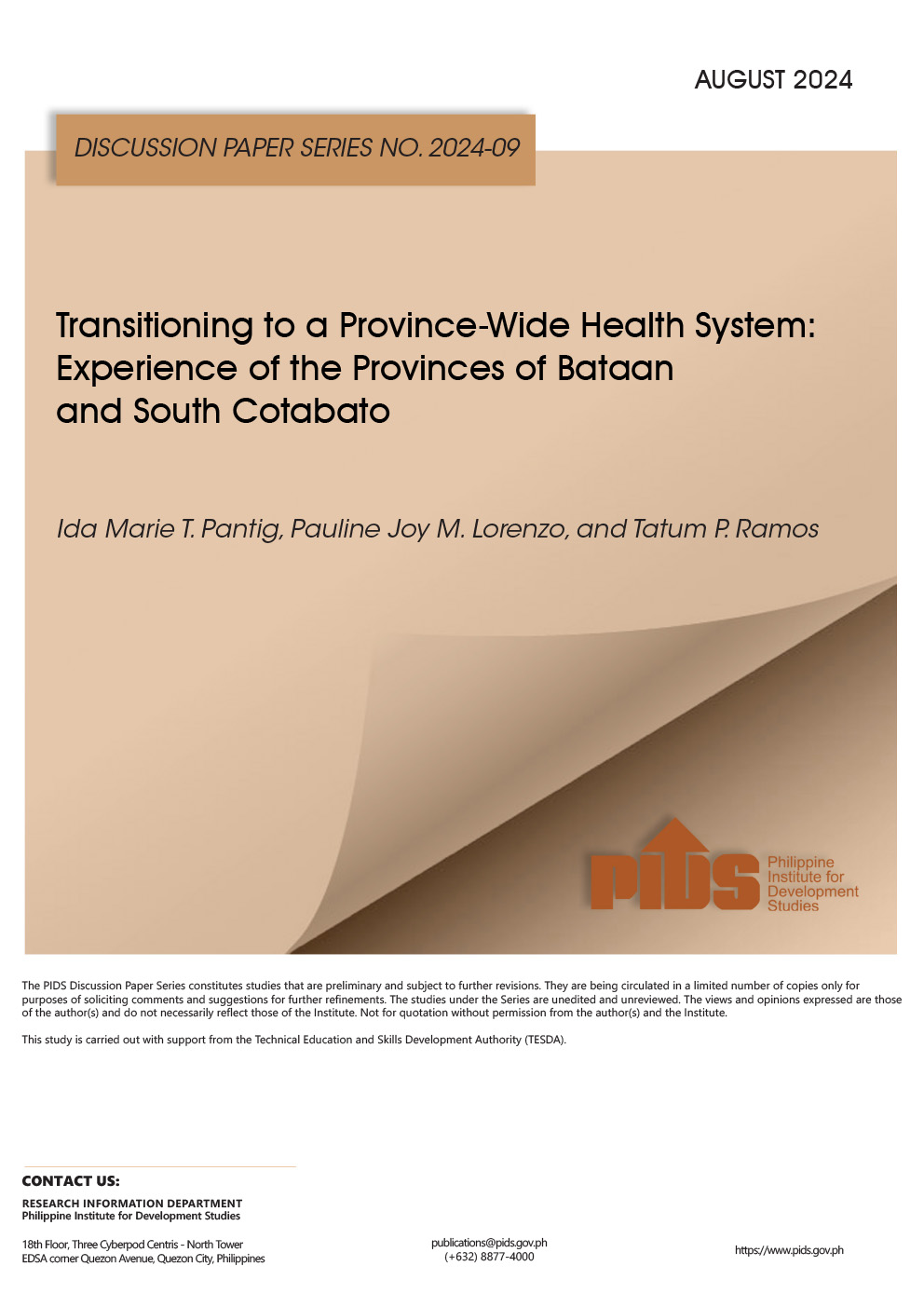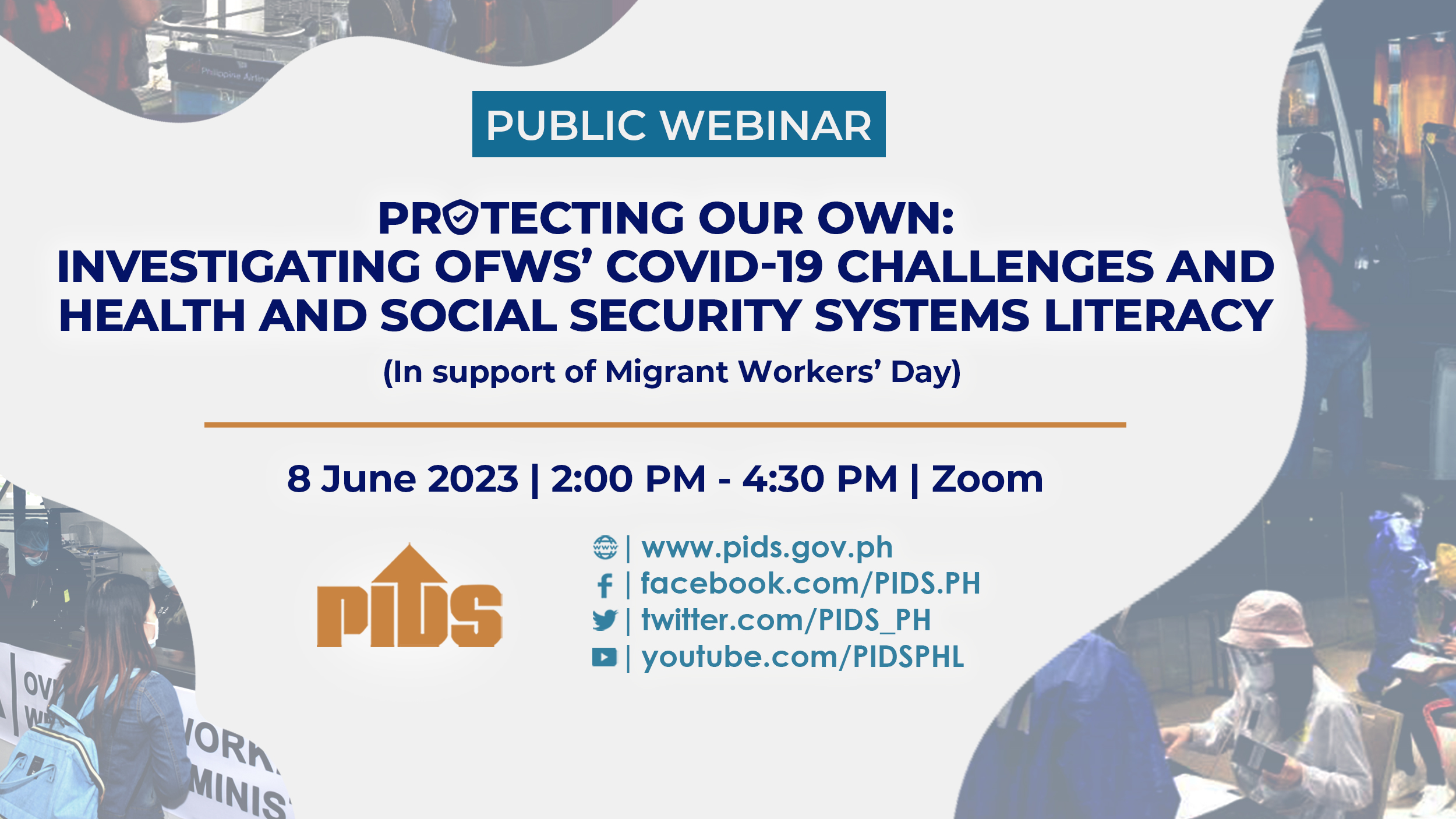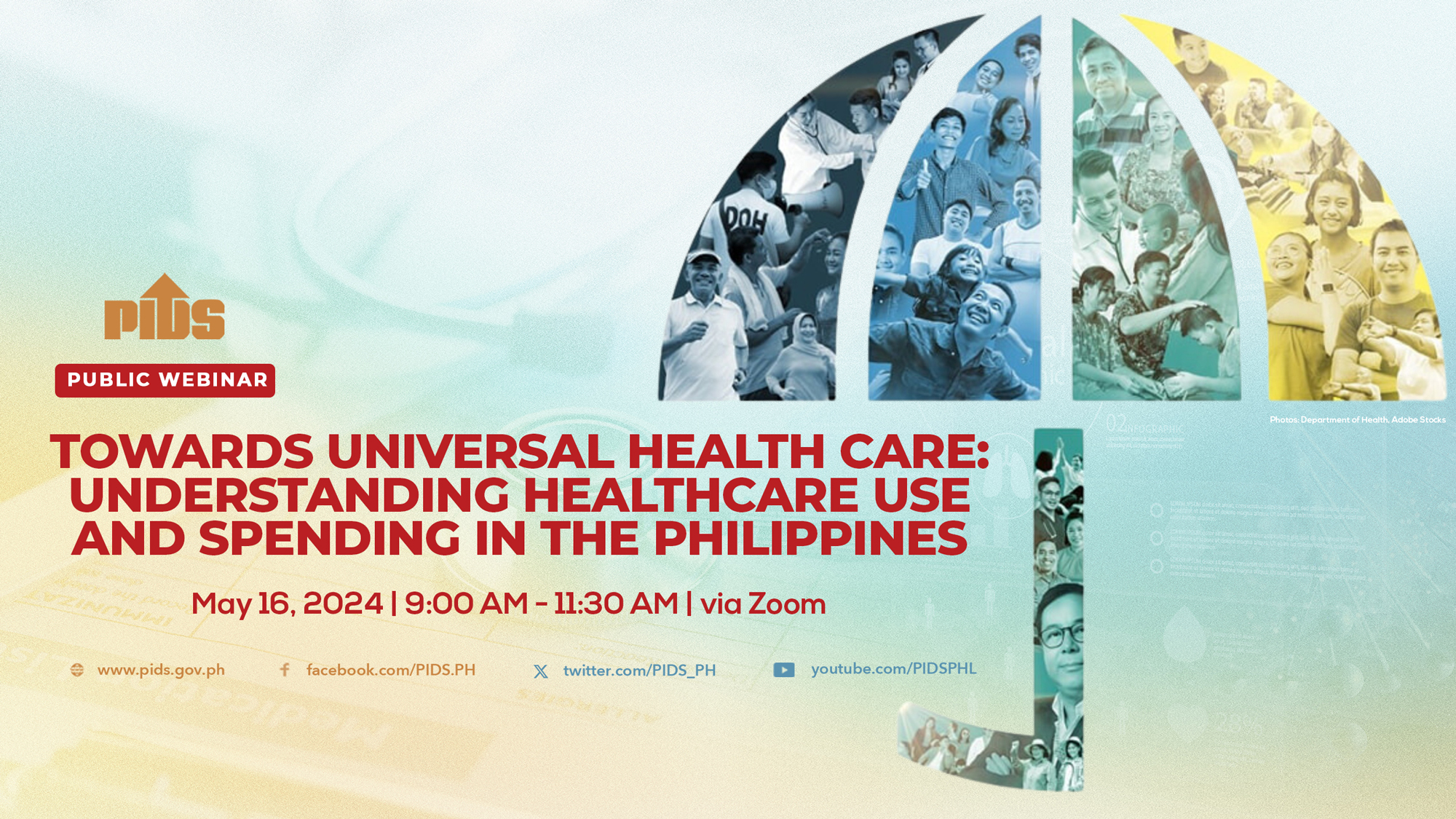EVEN though government health schemes accounted for the biggest chunk of health spending in the country, Filipinos still accounted for second largest contributors with out-of-pocket expenses. And, according to the Philippine Statistics Authority (PSA), every Filipino spent nearly P10,000 a year for health-related goods and services in 2021.
PSA said, on average, every Filipino spent P9,839.23 for health in 2021. This is 17 percent higher than the P8,411.52 per capita health spending recorded in 2020.
“Health spending financed through government schemes and compulsory contributory health care financing schemes was the largest among sources of health financing in the country in 2021,” the PSA reported.
Health spending through the government amounted to P546.64 billion or 50.3 percent of CHE.
However, household-out-of-pocket payment (OOP) came second at P451 billion or 41.5 percent, followed by voluntary health care payment schemes which contributed P89.35 billion or 8.2 percent.
This is one of the reasons lawmakers have pushed for full implementation of universal health care, three years after passage of the UHC law.
In terms of income quintiles, health spending of the fifth quintile (top quintile) was the highest at P379.76 billion or 34.9 percent share.
Poorest Pinoys
PSA data showed that the poorest quintile or poorest Filipinos spent a total of P190.43 billion or 17.5 percent of total health spending in the country.
PSA said the country’s health spending or Current Health Expenditure (CHE) reached P1.09 trillion in 2021—or 18.5 percent higher than the P917.15 billion posted in 2020.
This increment was faster than the 12.8 percent growth registered in the previous year. Meanwhile, Gross Health Capital Formation Expenditure (HK) amounted to P71.15 billion in 2021, a contraction of 19.6 percent compared with P88.54 billion reported in 2020.
The Total Health Expenditure (THE), which comprised CHE or 93.9 percent and HK or 6.1 percent, recorded P1.16 trillion in 2021. It grew by 15.2 percent from P1.01 trillion recorded in 2020.
“The share of THE to the Gross Domestic Product [GDP] at current prices was 6 percent in 2021,” PSA said in a statement.
‘Cut out-of-pocket expense’
Earlier, ADB Southeast Asia Principal Health Specialist Eduardo P. Banzon said the level of health spending in response to Covid-19 should be maintained and used as a new base in the coming years to continue the reduction in Filipinos out-of-pocket expenses for their medical needs.
In a presentation at the Development Policy Research Month (DPRM) forum of the Philippine Institute of Development Studies (PIDS), Banzon said government health spending saw a “dramatic increase” to 28 percent in 2020.
While public spending on health has been rising since 2016, the rate of increase has never breached 20 percent. Prior to the rate of increase in 2020, the public health spending posted the highest increase in 2018 at 18 percent.
Increasing the spending for health is necessary given the hardships faced by Filipino families especially when they are faced with “catastrophic health expenditures,” which are greater than or equal to 40 percent of a household’s capacity to pay.
In a study, Ateneo de Manila University Development Studies Program Research Associate Vincen Gregory Yu said the health financing experiences of ordinary Filipinos can be summed up in 4 “Ps”—pagtitiis, pangungutang, pagmamakaawa, and PhilHealth.
Pagtitiis, which means enduring symptoms of health conditions, involves refusing to seek treatment and resorting to self-medication.
Filipinos would also turn to alternative or traditional medicine.
For Filipinos, pangungutang or borrowing money often becomes their first resort in addressing their medical needs. Unfortunately, Yu said, this “often leads to more catastrophes.”
The third “P” is pagmamakaawa which refers to the process of soliciting help from state and private institutions and individuals. This often happens as a last resort when no friend or family can lend them money, or one has exhausted donations from them.
PhilHealth, referring to the state health insurer, is the last “P” in health financing. This is accessed only when Filipinos are already hospitalized.












